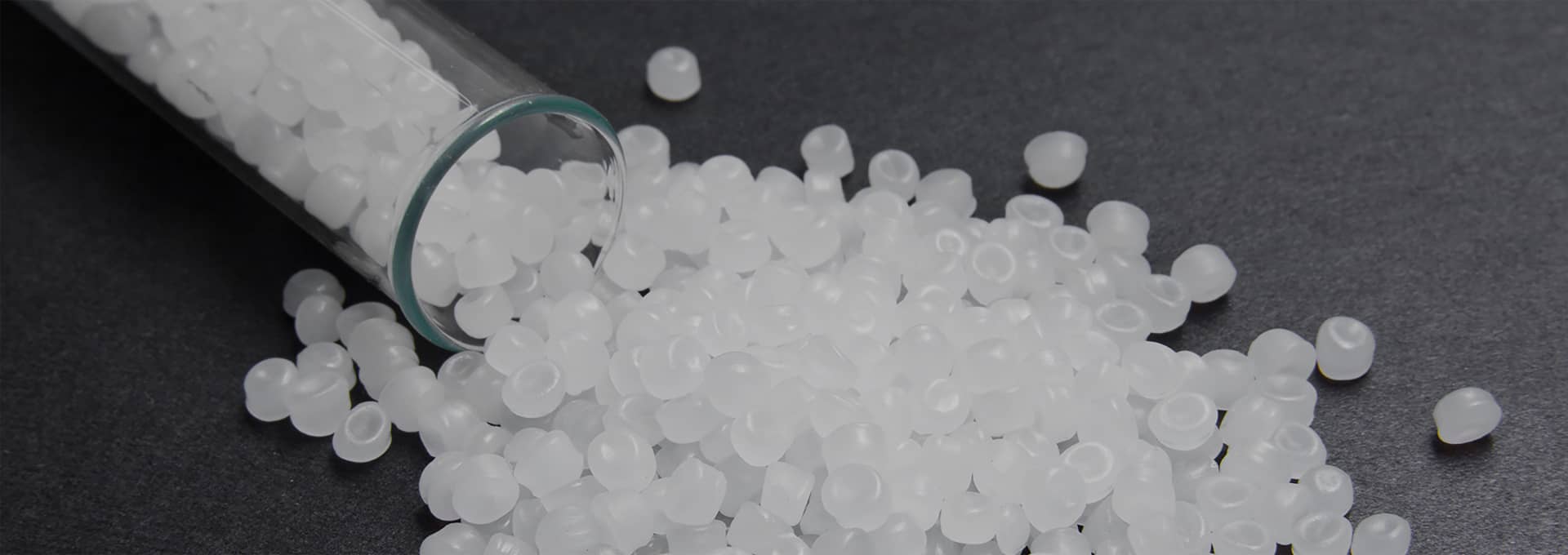Ethylene (ethylene) is the simplest olefin, molecular formula C2H2. it exists in small quantities in plants and is a metabolite of plants, which slows down plant growth and promotes leaf drop and fruit ripening. Ethylene is one of the basic raw materials of petrochemical industry and is widely used.
(1) It is mainly used as a monomer for copolymerization with vinyl acetate to make EVA resin and VAE emulsion, and is used in the manufacture of adhesives and coatings.
(2) In synthetic materials, a large number of used in the production of polyethylene, vinyl chloride and polyvinyl chloride, ethylbenzene, styrene and polystyrene, as well as ethylene-propylene rubber and so on.
(3) In organic synthesis, widely used in the synthesis of ethanol, ethylene oxide and ethylene glycol, acetaldehyde, acetic acid, propionaldehyde, propionic acid and its derivatives of a variety of basic organic synthetic raw materials; by halogenation of chlorinated vinyl chloride, chlorinated ethane, bromo ethane; by zwitterionization of alpha olefins can be made to produce high-grade alcohols, alkyl benzene, etc., and the development of synthetic resins, synthetic fibers, synthetic rubber, basic organic synthetic raw materials, and fine chemicals, such as pesticides, medicines, dyes, and so on. For the development of synthetic resins, synthetic fibers, synthetic rubber, basic organic synthetic raw materials, as well as fine chemicals, such as pesticides, pharmaceuticals, dyes, paints, auxiliaries, surfactants, spices, and ion exchange resins, etc., can provide a wealth of basic chemical materials.
(4) In agriculture, it can be used as a fruit ripening agent, and it can also be used to cut and weld metals instead of acetylene.
Propylene is a gas at room temperature, colorless, odorless and slightly sweet. It is one of the basic raw materials of petrochemical industry.
Propylene can be used to produce a variety of important organic chemicals, such as acrylonitrile, propylene oxide, isopropylbenzene, chloroalkylene oxide, isopropyl alcohol, propanetriol, acetone, butanol, octanol, acrolein, acrylic acid, acrylic alcohol, acetone, glycerol, polypropylene, etc.; in the refining industry is the raw material for the production of stacked gasoline; it can also be used to produce synthetic resins, synthetic fibers, synthetic rubbers, and a variety of fine chemicals and so on. It can also be used in the fields of environmental protection, medical science and basic research.
Carbon tetra that is butane (C4H10), also known as n-butane, is two alkane hydrocarbons with the same molecular formula (C4H10) of the collective name.
Carbon tetrachloride in addition to direct use as fuel and refrigerant, a large number of organic synthetic raw materials used in the production of a variety of, such as dehydrogenation of butene and butadiene; isomerization can be isobutane; catalytic oxidation can be made of maleic anhydride, acetic acid, etc.; halogenation can be halogenated; nitration can be nitro-butane; catalytic at high temperatures can be made of carbon disulfide; water vapor conversion can be made of hydrogen.




